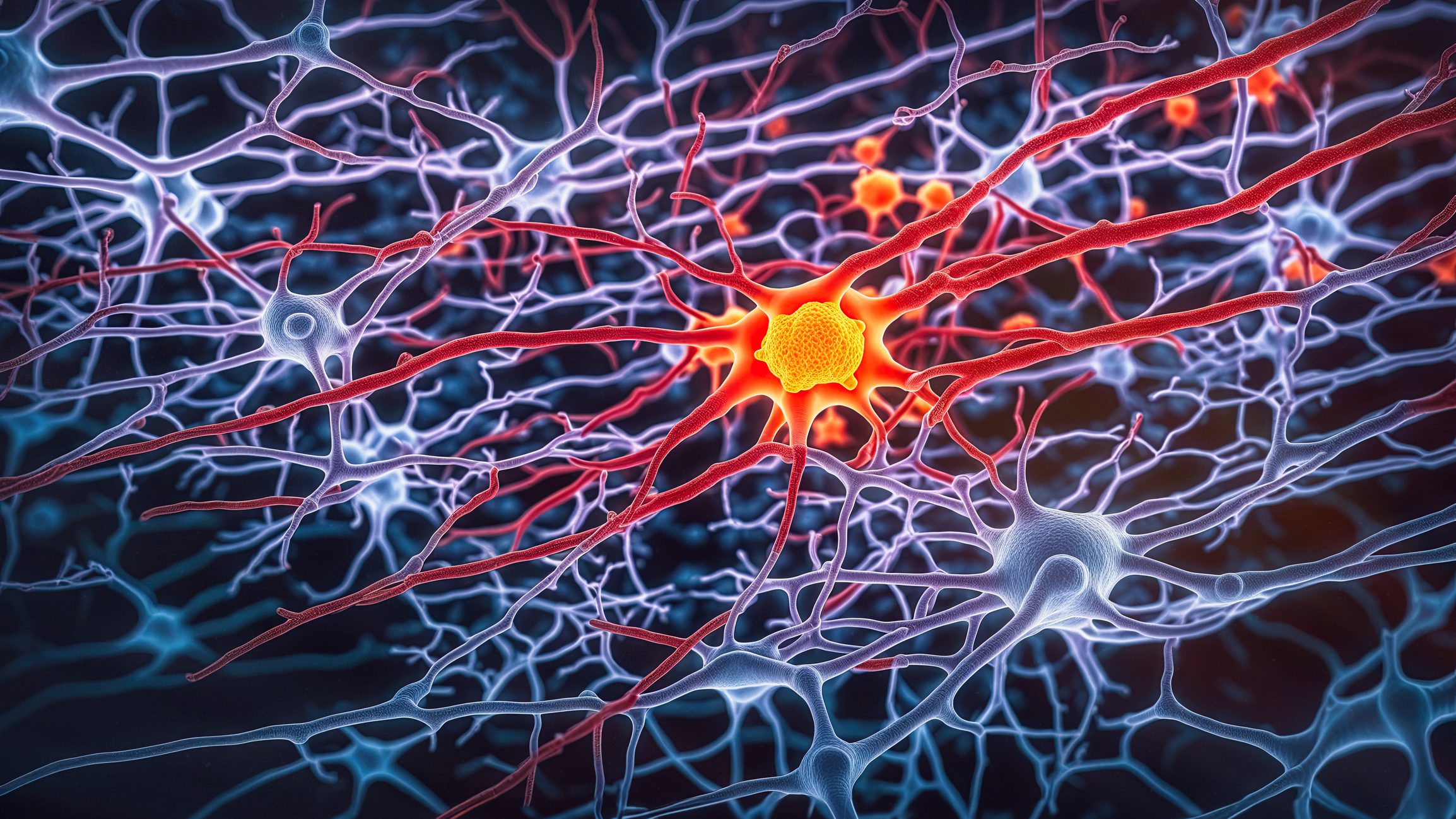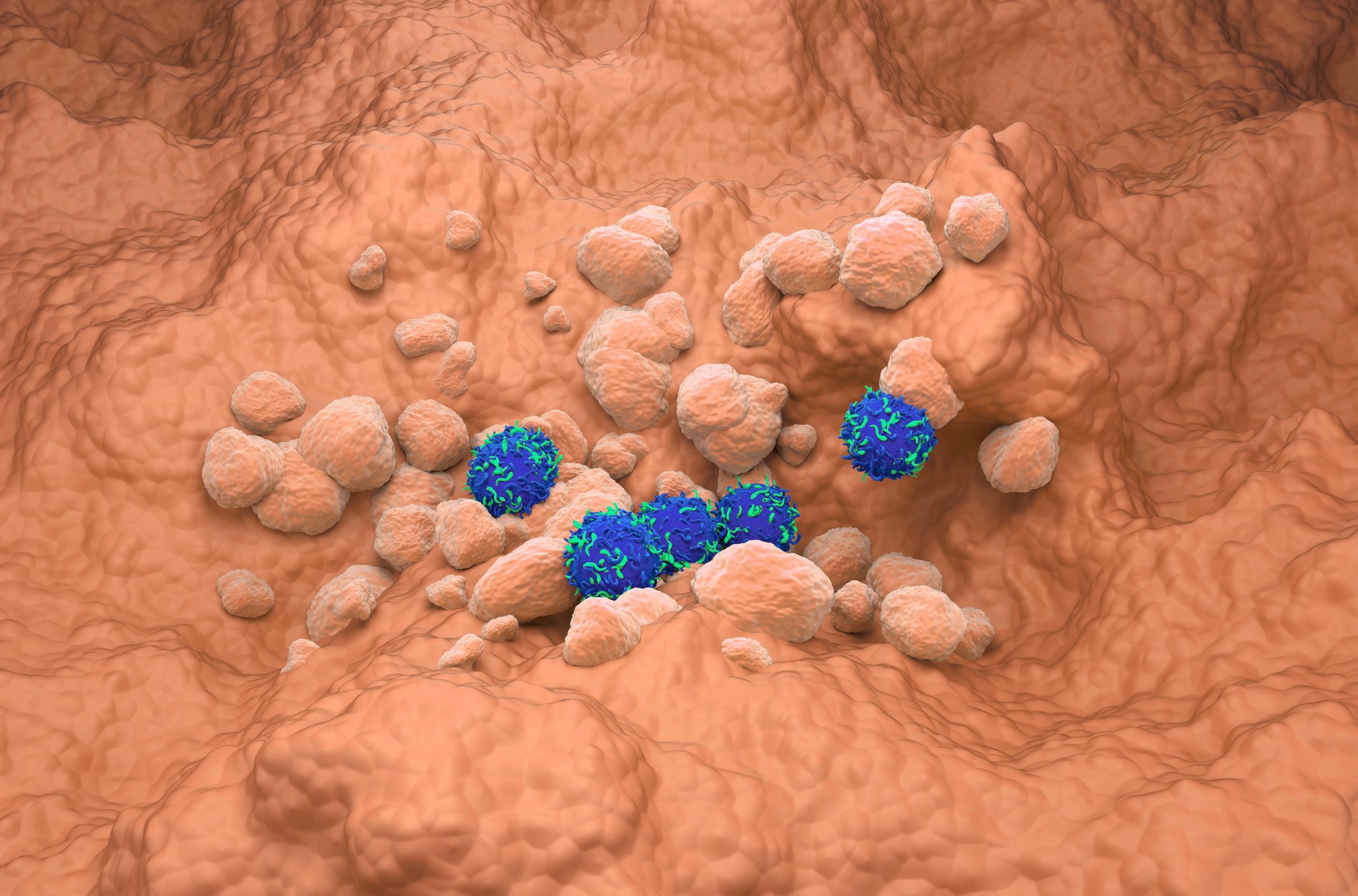Researchers at Ulm University Medical Center have identified heavy physical labor as a risk factor for the incurable nerve disease amyotrophic lateral sclerosis (ALS). In their technical publication, which is based on the extensive ALS Registry Swabia, the authors from neurology and epidemiology also describe a newly discovered early ALS symptom: Apparently, the activity level of affected persons already decreases five years before diagnosis. The physicians from Ulm can now even give ALS sufferers a recommendation for action with regard to activity levels.
People who perform physically hard work at work apparently develop amyotrophic lateral sclerosis (ALS) more frequently than office workers, for example. This is the conclusion reached by scientists at Ulm University Medical Center. Overall, activity levels appear to influence disease development and progression: Neurology and epidemiology researchers first identified a sudden drop in physical activity as an early symptom of ALS and showed that moderate exercise after disease onset increases average survival. Now the study, based on the extensive ALS Registry Swabia, has appeared online in Neurology.
Do physically hard-working stonemasons, lumberjacks or top athletes have an increased risk of developing amyotrophic lateral sclerosis? And can physical activity influence the course of the disease? These research questions were the starting point for an extensive study at Ulm University Medical Center, in which the entire life span of the participants is considered. “Heavy physical work has been discussed as an ALS risk factor since as early as the 1960s. This was triggered by the illnesses of the prominent U.S. baseball player Lou Gehrig and several Italian soccer players with amyotrophic lateral sclerosis,” explains Professor Albert Ludolph, Medical Director of the Ulm University Clinic for Neurology (RKU).
In ALS, the so-called motor neurons perish. Symptoms range from paralysis to loss of speech to feeling trapped in one’s own body. Despite new therapeutic approaches, the relatively rare disease remains incurable and leads to death approximately two to five years after diagnosis. Studies on whether physically demanding work influences the development and progression of disease have so far been inconclusive.
Therefore, researchers from neurology and epidemiology in Ulm have examined this relationship and the influence of overall physical activity in a large-scale study. The basis is the ALS Registry Swabia, in which all newly diagnosed cases in the region have been recorded since 2010. For the current study, 393 ALS sufferers and 791 healthy controls provided information in standardized interviews about the duration and nature of their activities at different stages of life (at 20, 30, 40, 50, and 60 years of age). They were asked to categorize physical stress at work and in their leisure time: First, into “sweaty activities” such as intensive sports or the work of a farmer, construction worker or stonemason. And secondly, in light efforts such as office activities or cycling. From this information, the researchers calculated the “MET value”, i.e. the energy expenditure related to hours per week (1 MET= oxygen consumption of 3.5 ml/kg/min). “With this extensive data from affected persons and from the healthy control group, we hope to gain insight into heavy physical work as a possible ALS risk factor. We are also investigating the influence of physical activity on the course of the disease,” summarizes first author PD Dr. Angela Rosenbohm, senior physician and scientist at the Ulm University Hospital for Neurology.
The results of the statistical evaluation have immediate clinical relevance
Apparently, the overall physical activity of the study participants is not related to an increased risk of ALS. Sufferers and the control group reported comparable levels of stress over the lifespan. However, ALS patients showed a significant drop in activity about five years before diagnosis. The researchers suspect that subclinical worsening or disease-related metabolic and lifestyle changes occur even before symptom onset. Overall, the comparison with the healthy control group shows that heavy physical work is associated with almost twice the risk of ALS. Exercise during leisure time does not appear to have comparable negative effects. “However, other as yet unknown workplace stresses could also influence the risk of disease,” explains Professor Gabriele Nagel of the Institute of Epidemiology and Medical Biometry at the University of Ulm.
Furthermore, the mean survival time after diagnosis seems to be related to the activity level: Inactive ALS patients had the shortest survival span of 15.4 months. However, even the most physically agile group died after an average of only 19.3 months. At a moderate level of activity of 10.5 MET/h per week – equivalent to about two hours of cycling during this period – the median survival was highest at 29.8 months.
“With the drop in activity about five years before diagnosis, we have discovered for the first time a metabolism-associated early symptom of ALS. In addition, we were able to show that physical activity influences survival even after the onset of symptoms,” emphasizes Dr. Angela Rosenbohm. The possible effects of disease-related metabolic or lifestyle changes on activity levels need to be further investigated in future research. But the study already shows ALS patients opportunities to influence the course of the disease themselves without medication: “Even after the onset of symptoms, we would advise moderate exercise,” confirms senior author Professor Ludolph.
Original publication: Life Course of Physical Activity and Risk and Prognosis of Amyotrophic Lateral Sclerosis in a German ALS Registry. Angela Rosenbohm, Raphael Peter, Johannes Dorst, Jan Kassubek, Dietrich Rothenbacher, Gabriele Nagel, Albert C Ludolph, The ALS Registry Swabia Study Group. Neurology Oct 2021, 10.1212/WNL.00000000012829; DOI: 10.1212/WNL.00000000012829.












